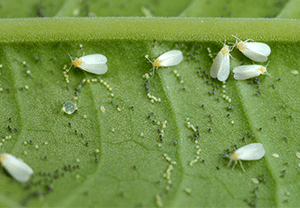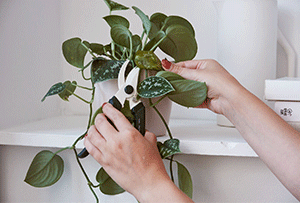Reviving a dying plant can be a rewarding experience, transforming a withering specimen back into a thriving, green beauty. Here’s a comprehensive guide to help you bring your plant back to life.
Other Topics You Might Like
Helpful Products You Might Like

Scotts Disease Ex Lawn Fungicide

SUPERthrive Plant Vitamin Solution

Miracle-Gro Performance Organics for Plant
"(Paid Links)" 
Step-by-Step Process
Diagnose the Problem
Underwatering
Wilting, dry soil, and brown leaf tips indicate underwatering.

Overwatering
Yellowing leaves, root rot, and soggy soil suggest overwatering.
Pests
Look for small insects, webs, or holes in leaves.
Nutrient Deficiency
Pale or discolored leaves can signal a lack of essential nutrients.
Immediate Actions
Underwatered Plant
Water the plant thoroughly until water drains out of the bottom. Ensure the soil is evenly moist.
Overwatered Plant
Remove the plant from its pot and inspect the roots. Trim any rotten roots and repot the plant in fresh, well-draining soil.
Pest Infestation

Use appropriate pesticides or natural remedies like neem oil. Isolate the plant to prevent the spread of pests.
Nutrient Deficiency
Apply a balanced fertilizer according to the manufacturer’s instructions.
Check the Light Conditions
Ensure the plant is receiving the appropriate amount of light for its species. Move it to a brighter or shadier spot if necessary.
Prune Dead or Dying Parts
Use clean, sharp scissors to remove dead leaves, stems, or flowers. This helps the plant focus its energy on new growth.

Improve Humidity
Increase humidity around the plant by misting it with water, using a humidity tray, or placing a humidifier nearby.
Repot if Necessary
If the plant has outgrown its pot or the soil is compacted, repot it into a larger container with fresh soil. Choose a pot with drainage holes to prevent waterlogging.
Monitor and Adjust Care Routine
Watering
Adjust your watering schedule based on the plant’s needs. Allow the top inch of soil to dry out before watering again.
Light
Ensure consistent and appropriate light levels.
Fertilizing
Feed the plant every few weeks during the growing season with a balanced fertilizer.
Patience and Consistency
Revival takes time. Be patient and consistent with your care routine. Monitor the plant regularly for signs of improvement or new issues.
Preventive Measures
To prevent future problems, research the specific needs of your plant. Understand its light, water, and nutrient requirements to provide optimal care.
Reviving a dying plant requires attention, care, and patience. By following these steps and understanding your plant's specific needs, you can nurse it back to health and enjoy a lush, vibrant addition to your space.
